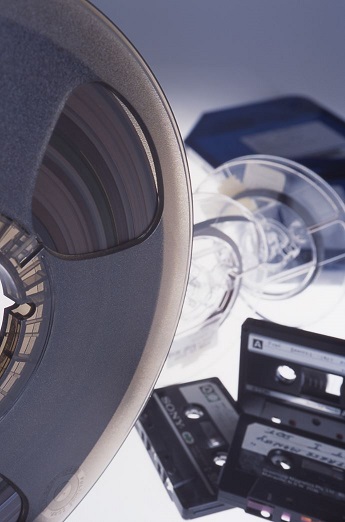Audiovisual Heritage & NFSA

The 27 October is the UN World Day for Audiovisual Heritage with the theme for 2016: “It’s Your Story – Don’t Lose It”, recognising that many of the primary human records from the 20th and 21st century are audiovisual documents which are at risk due to their innate risk of deterioration as well as the technical and financial challenges that exist for their preservation, not only for the materials themselves but for the playback equipment required to access and share them with the world.
SAcommunity lists 77 museums and collecting institutions in the directory, with many groups run by volunteers working to preserve and present South Australia’s cultural heritage so that information and experiences can be shared with the next generations, collections that include audiovisual items.
To find out more about preserving South Australia’s Audiovisual History, SAcommunity contacted the National Film and Sound Archive on the archive’s most important day of the year for recognition of their essential work in collecting, preserving and sharing Australia’s audiovisual heritage.
The National Film and Sound Archive of Australia (NFSA) www.nfsa.gov.au is Australia’s living archive, working to collect, preserve and share our nation’s stories. An overview of the archive’s work can be found here https://www.youtube.com/watch?v=zaJ761NI9fo fittingly in film form.
Audiovisual materials consist of items such as films, videos, records, audio tapes, CDs, oral histories and more, with vintage playback devices and equipment needed to access the rich information that has been stored. NFSA shared with us the South Australia playlist and there are some wonderful examples of SA history portrayed including footage of The Tea and Sugar Train from 1954.
All audiovisual materials are sadly at risk of deterioration and require conservation or reformatting to allow future access to continue. The archive has some basic information for the public on caring for audiovisual materials on their website which covers topics including caring for audio discs and tapes, videos, films photographs as well as first aid for fire and water damage. If you are a collecting institution caring for audiovisual materials, it may be useful to visit their website or contact them to find out more about local options for your resources.
Sign up for the newsletter!
Subscribe to our monthly newsletter to receive news, information and events for the community sector in SA




